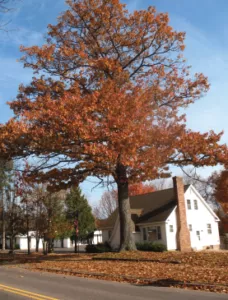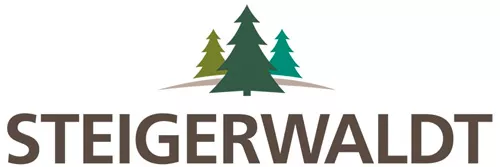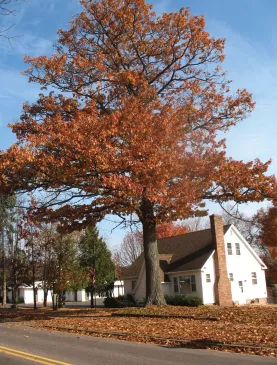Bringing clarity to a misunderstood process
By: Ed F. Steigerwaldt, ACF
 In the right of way field, there continues to be much controversy and misunderstanding when it comes to tree appraisal. Tree appraisal should be about estimating value. Typically, it does not come down to calculating the cost to replace a tree, especially those that are mature. In a credible tree appraisal, a tree’s value is tied to the land on which it grows.
In the right of way field, there continues to be much controversy and misunderstanding when it comes to tree appraisal. Tree appraisal should be about estimating value. Typically, it does not come down to calculating the cost to replace a tree, especially those that are mature. In a credible tree appraisal, a tree’s value is tied to the land on which it grows.
Trees are part of real estate and in market value appraisals, they should be valued as such. One of the most overlooked parts of tree appraisal is consideration for the “unit rule.” Simply stated, this rule means that the sum of the parts (bare land, trees, house and so on) cannot exceed the value of the whole. This basic and important appraisal principle is overlooked by many professionals, with the result being unsupported and unrealistic tree values. Appraisal is typically estimating market value and so is tree appraisal. Tree appraisal is rarely the cost to replace a tree; it should be an estimate of value. Cost and value are separate concepts.
Different Methods
Various methods for appraising trees exist, including trunk formulas, actual cost of replacement, value contribution and other variations. What most of these methods lack is an anchor—or tie back—to overall property value. Most often, the results are values “out in space” with no anchor to reality.
Tree appraisal should be made based on a property’s highest and best use (HBU). This is the use that is legal, physically possible, economically feasible and maximally productive. Examples of HBU are commercial, residential, timber production, industrial or residential. Trees on a tract with a HBU of timber production should be valued as timber trees and residential trees should be valued by their contribution to overall property value. A good tree appraisal begins by first determining HBU and then overall property value.
In the case of residential property, real estate brokers, appraisers and tax assessors can assist you in arriving at an overall property value. Next, separate land and improvement values. Once you have the value of land with trees, you can estimate what value the trees contribute. Two surveys completed by real estate brokers and real estate appraisers show that trees and landscape can contribute 10 to 25 percent of land value. Both of these surveys are presented in a book published by Steigerwaldt Land Services titled, “A Practical Guide to Tree Appraisal.”
Proper Steps in Tree Appraisal
For a simplified example, consider that a rural residential lot with a house and 20 mature trees has a total value of $200,000. Real estate brokers and tax assessors have estimated the improvement value to be $150,000. The remaining $50,000 is the bare lot and trees. If trees contribute 20 percent to land value, then all the trees contribute $10,000 to property value ($50,000 x 20 percent). Each tree then contributes $500 to property value ($10,000 ÷ 20). Obviously, this is a very basic example, but it illustrates the concept.
The next step would typically be to allocate the values to specific trees based on their species, size, condition and location. Typically, tall trees in excellent front yard positions contribute the highest value. The last step is to check your value for reasonableness. Does the tree value make sense in light of overall property value? If you have a sensible, supportable result, your appraisal will withstand the review it will likely get.







